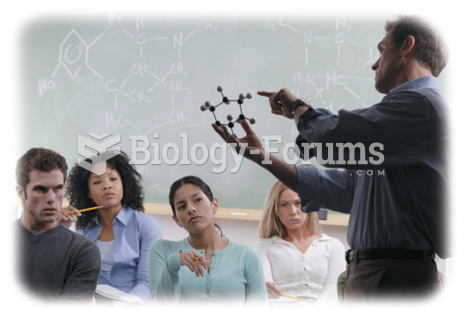Answer to Question 1
c
Answer to Question 2
The Allotment Act of 1887 bypassed tribal leaders and proposed making individual landowners of tribal members. Each family was given as many as 160 acres under the government's assumption that, with land, Native Americans would become more like the White homesteaders who were flooding the not-yet-settled areas of the West.
The effect of the Allotment Act, however, was disastrous. To guarantee that they would remain homesteaders, the act prohibited the Native Americans from selling the land for 25 years. Yet no effort was made to acquaint them with the skills necessary to make the land productive. Many tribes were not accustomed to cultivating land and, if anything, considered such labor undignified, and they received no assistance in adapting to homesteading.
Much of the land initially deeded under the Allotment Act eventually came into the possession of White landowners. The land could not be sold legally, but it could be leased with the BIA serving as the trustee. In this role, the federal government took legal title that included the duty to collect on behalf of the tribal members any revenues generated by non-Indians through mining, oil, timber operations, grazing, or similar activities. The failure of the government to carry out this duty has been an issue for well over a century.
Large parcels of land eventually fell into the possession of non-Indians. For Native Americans who managed to retain the land, the BIA required that, upon the death of the owner, the land be divided equally among all descendants, regardless of tribal inheritance customs. In documented cases, this division resulted in as many as 30 people trying to live off an 80-acre plot of worthless land. By 1934, Native Americans had lost approximately 90 million of the 138 million acres in their possession before the Allotment Act.







